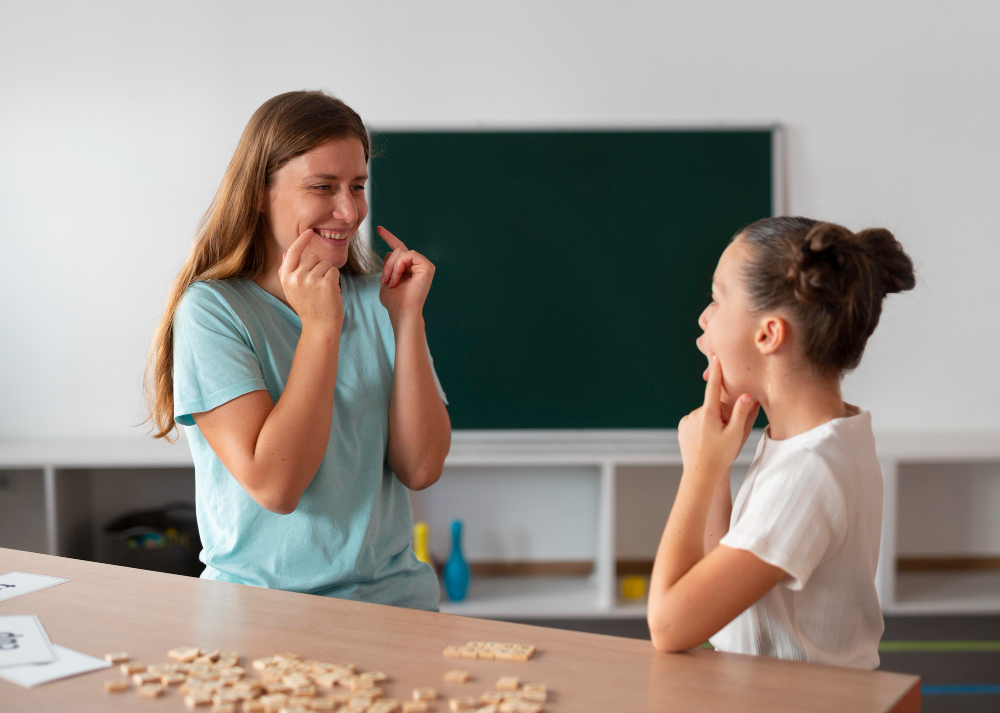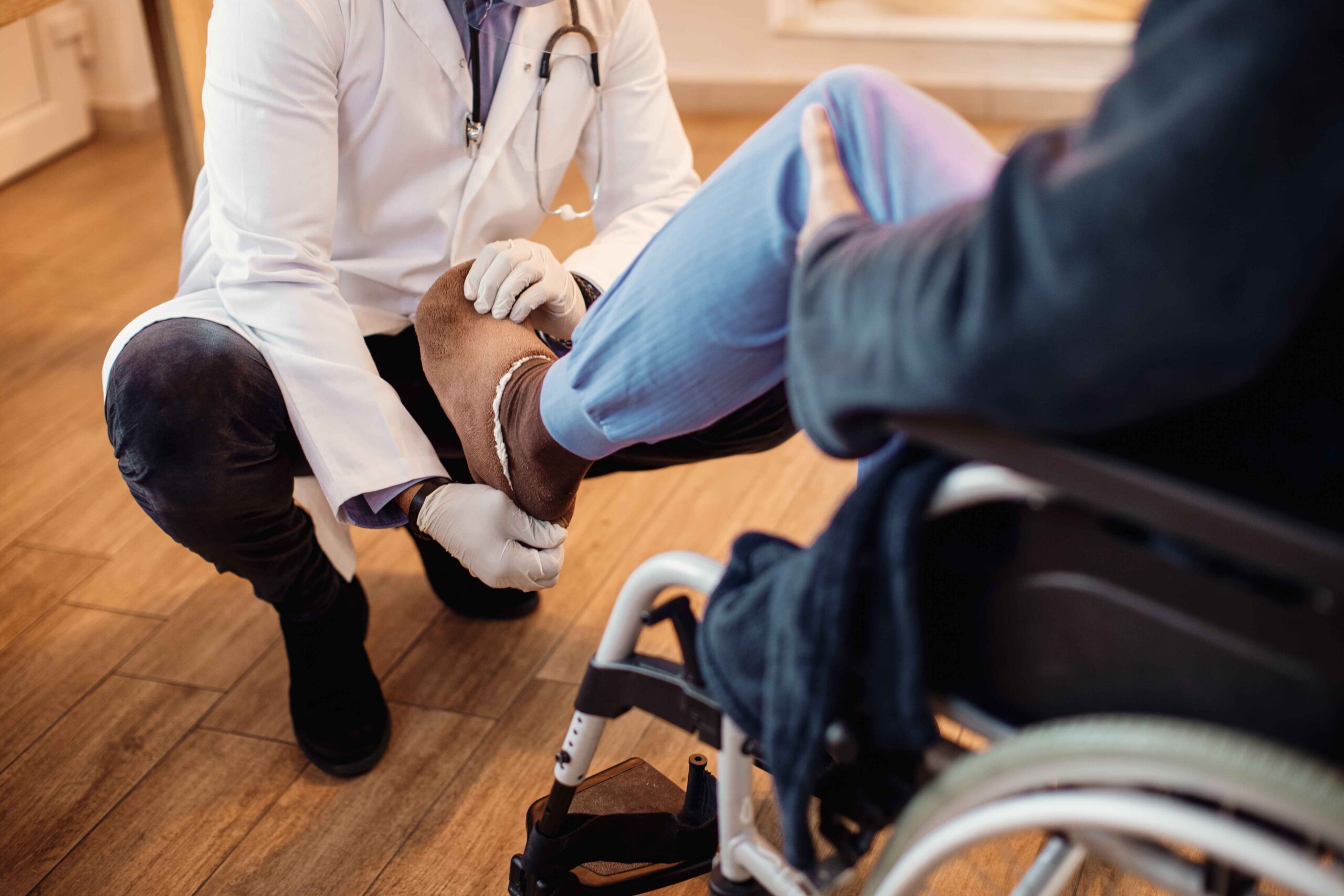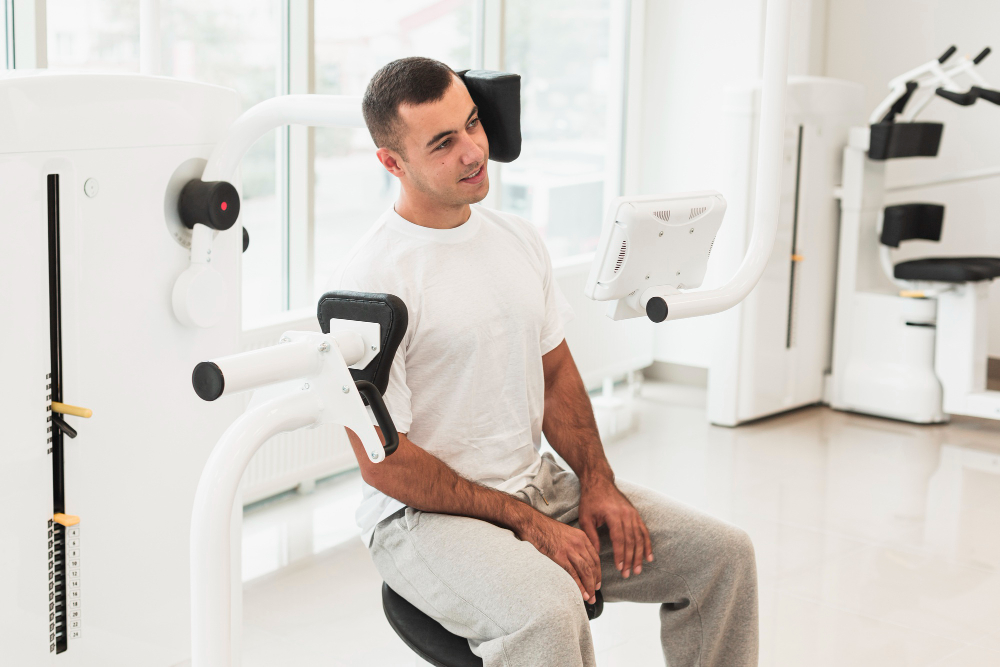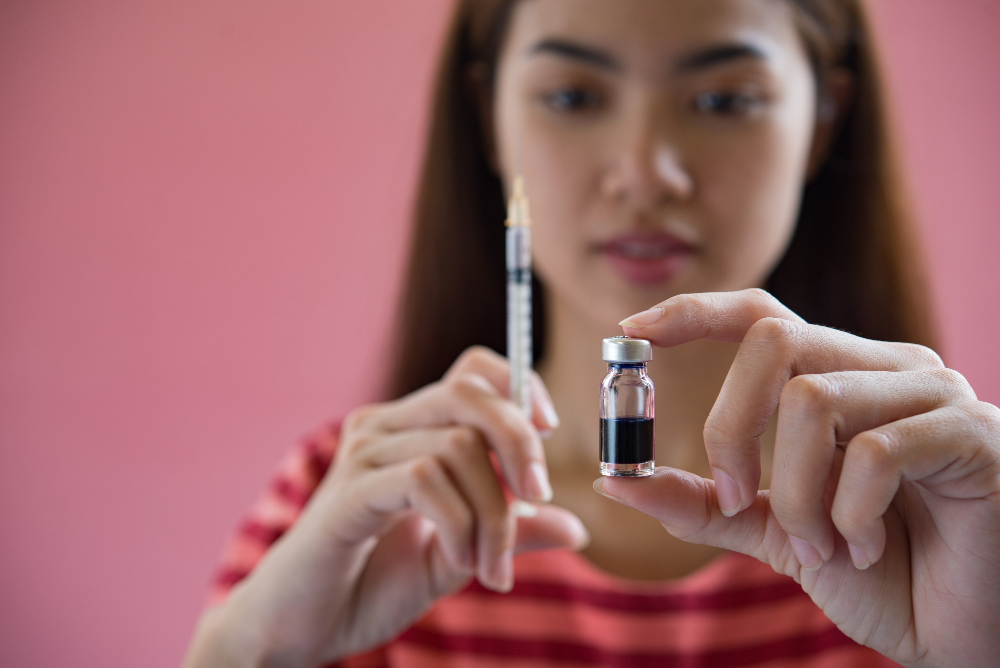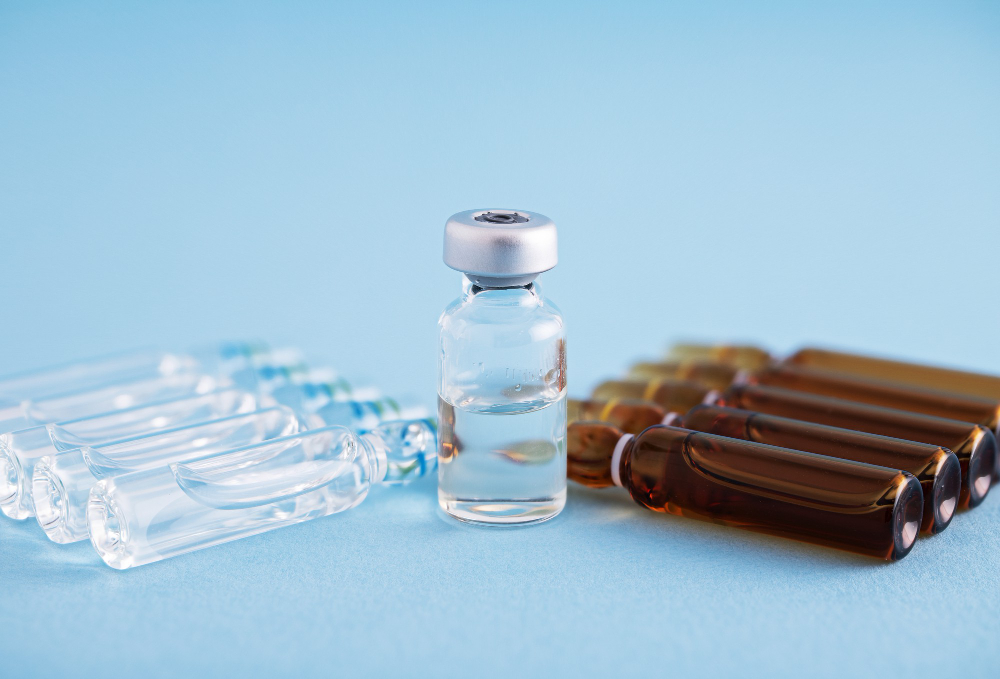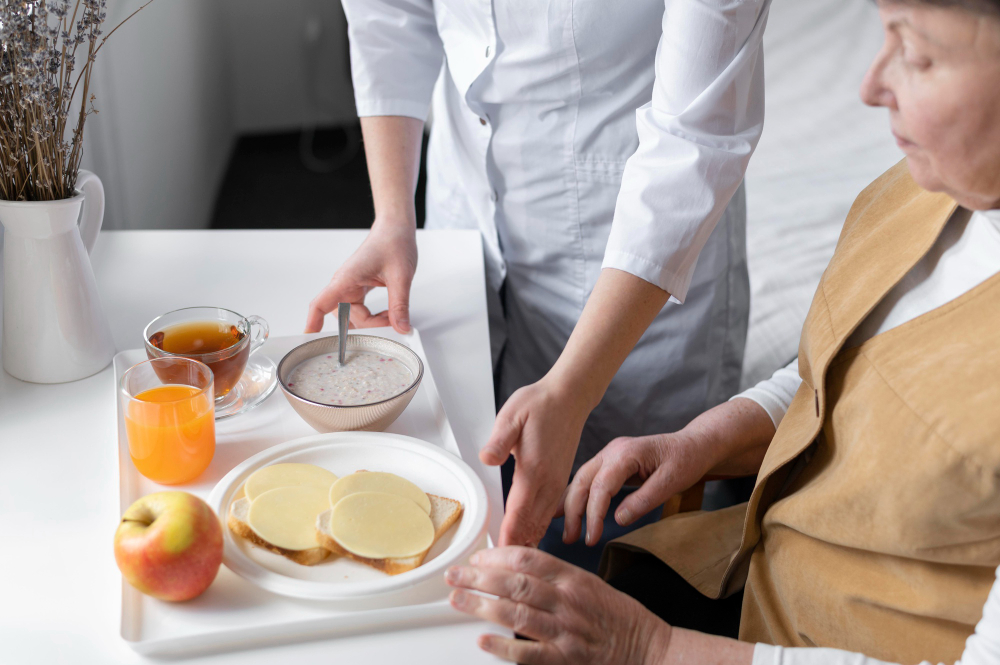
Last updated on by MRC
In the journey toward recovery from paralysis, the role of nutrition shines as a vital yet often overlooked element. Beyond medical interventions and therapies, what we consume plays a pivotal role in bolstering strength, enhancing immune function, and supporting overall healing processes. Understanding how specific nutrients interact with the body’s mechanisms offers a promising avenue for optimising
recovery outcomes. From protein-rich diets to micronutrient-packed foods, the impact of dietary choices extends far beyond mere sustenance, influencing the body’s ability to regain function and vitality.
Let’s explore the significant impact of diet for paralysis patients on paralysis treatment in Kolkata and recovery, backed by scientific insights and practical dietary considerations.
Nutrient-dense foods provide essential vitamins, minerals, and antioxidants that support overall health and aid in recovery. Focus on incorporating a variety of colourful fruits and vegetables, lean proteins, whole grains, and healthy fats into your diet plan for paralysis patients.
Protein is essential for muscle repair and function. Individuals with paralysis may benefit from increased protein intake to preserve muscle mass and support recovery. Sources like lean meats, fish, eggs, dairy, legumes, and plant-based proteins should be included in a diet chart for paralysis patients.
Adequate hydration is crucial for everyone, but especially for individuals with paralysis, as it helps maintain circulation and optimal bodily functions. Ensure sufficient water intake throughout the day and consider fluids rich in electrolytes for hydration support in your diet plan for paralysis patients.
Paralysis can lead to decreased bone density and an increased risk of fractures. Calcium-rich foods such as dairy products, leafy greens (like kale and spinach), fortified cereals, and nuts contribute to bone health and should be included in the diet chart for paralysis patients.
Antioxidants found in fruits, vegetables, nuts, and seeds help combat oxidative stress and inflammation, which can be heightened in individuals with paralysis. Incorporating foods rich in antioxidants can support immune function and overall well-being in diet for paralysis patients.
While a proper diet undoubtedly enhances well-being, effective treatment for paralysis is paramount. This is where MRC excels. Start your journey towards recovery. At Rehab India, we’re here to support every step of the way. You will understand the real difference with our pain management clinic in Kolkata.
Medical Rehabilitation Center (MRC) is renowned as one of the leading Stroke Rehabilitation Centres in Kolkata, specialising in comprehensive indoor rehabilitation services. For individuals dealing with paralysis and multiple disabilities, MRC offers a holistic approach utilising state-of-the-art equipment and therapeutic techniques.
Our facilities include specialised gadgets such as stand-in-frames, multiple exercisers, balancing boards, specially designed plinths, low-height chairs, and various other supportive systems. We also provide advanced tools like Biofeedback Machines, hand gym kits, and a wide array of evaluation instruments to tailor rehabilitation programs specifically to each patient’s needs.
Regular check-ups by our dedicated team of physiatrists and rehabilitation specialists ensure ongoing assessment and adjustment of treatment plans. This proactive approach not only addresses immediate medical needs but also manages associated psychological aspects effectively. At MRC, our commitment extends beyond conventional therapies to provide a supportive environment where patients can achieve significant strides in their recovery journey.
For those seeking unparalleled care in pain management and paralysis treatment in Kolkata, MRC stands at the forefront, dedicated to restoring function, independence, and quality of life.
What types of therapies does MRC offer for paralysis recovery?
MRC provides a range of therapies including physiotherapy, occupational therapy, speech therapy, and psychological counselling tailored to individual needs.
How does MRC integrate technology into its rehabilitation programs?
MRC utilises advanced equipment like Biofeedback Machines, hand gym kits, and specialised exercise tools to enhance therapeutic outcomes for patients with paralysis.
Are dietary considerations included in MRC’s treatment plans?
Yes, MRC incorporates nutrition counselling and diet planning to support recovery, ensuring patients receive holistic care for their overall well-being.
